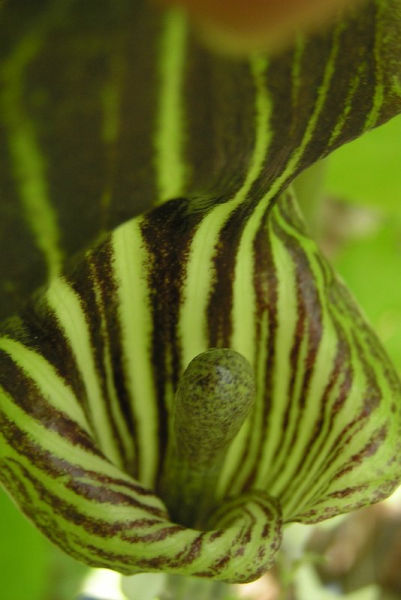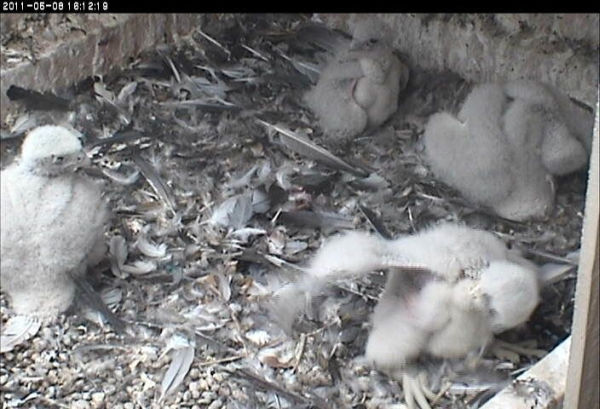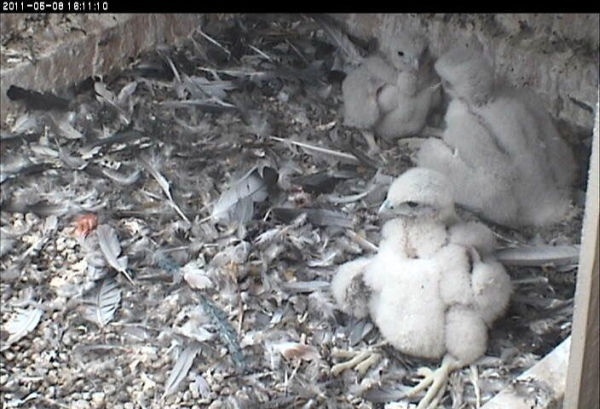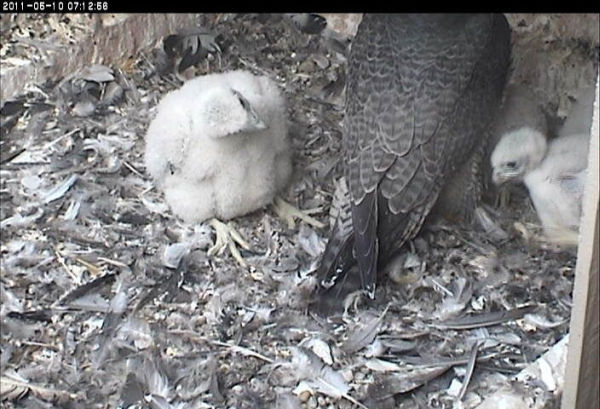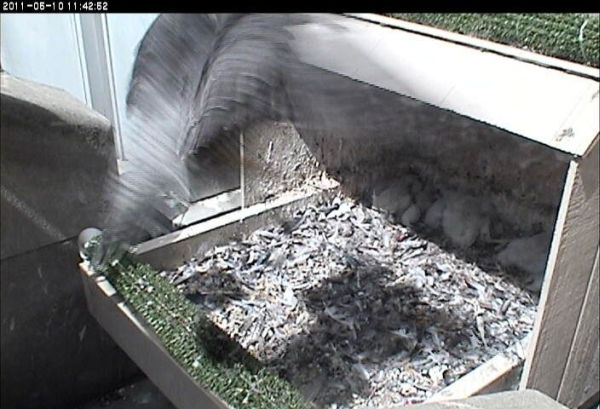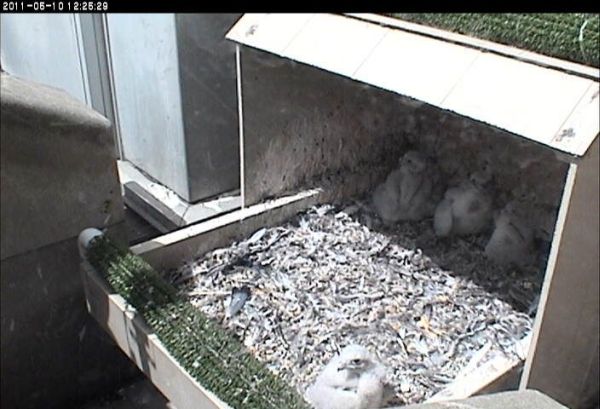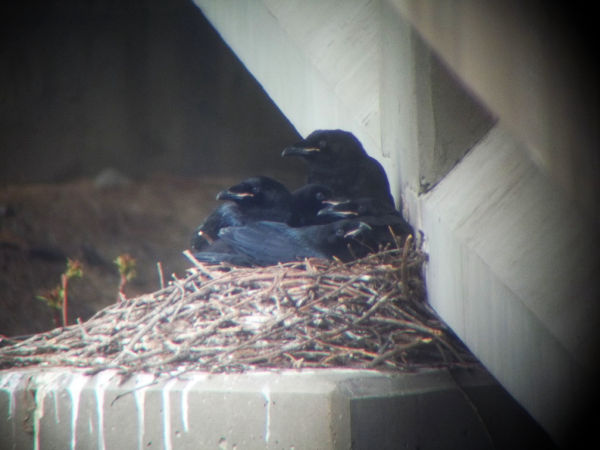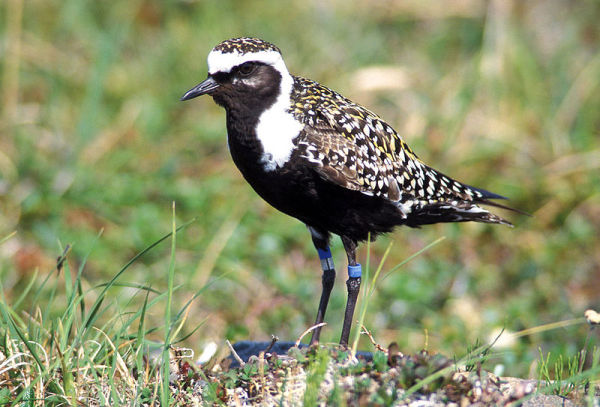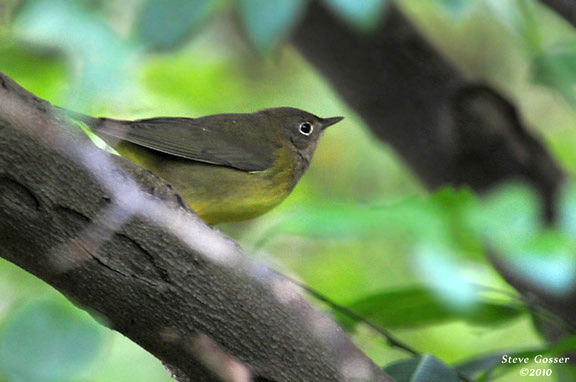
Many birds are named for the locations where they’re found — American robin, for instance — but among warblers some place names are incorrect. That’s because they were first identified, and named, while on migration.
In May most warblers are traveling from Central and South America to the northern U.S. and Canada so they’re seen across a wide swath of North America.
May must have been the time when Audubon and his cohorts named a lot of birds. If they had waited until June they would never have found these birds in:
- Cape May: The Cape May warbler is only at Cape May, New Jersey during migration. It nests in Canada and northern Maine.
- Connecticut: The Connecticut warbler, pictured above, is rarely found in Connecticut. It nests north of Lake Superior westward to Alberta, Canada. His name is really far off base!
- Nashville: The Nashville warbler nests in Canada, northern New York state, New England and the Appalachians. Nashville is just a rest stop.
- Tennessee: The Tennessee warbler nests in Canada, northern New England and the Adirondacks. He doesn’t linger in The Volunteer State.
- Philadelphia: The Philadelphia vireo may stop in Pennsylvania on its way to Canada and Maine, but he doesn’t live here.
Happily, there are two warblers who were named for places where they actually breed. The Canada warbler nests in Canada and the Kentucky warbler nests in Kentucky. Both of them also breed in Pennsylvania.
Don’t be confused by the other ones.
(photo by Steve Gosser)
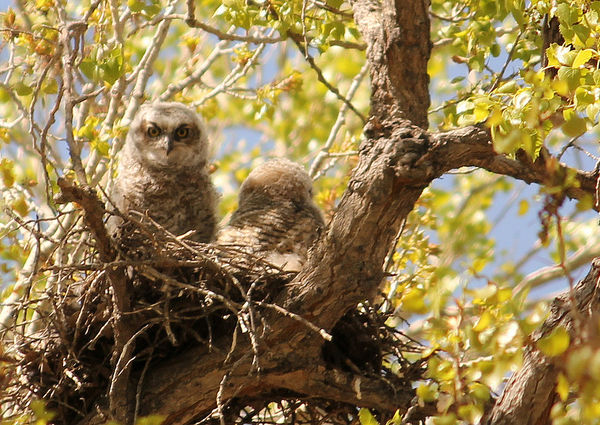

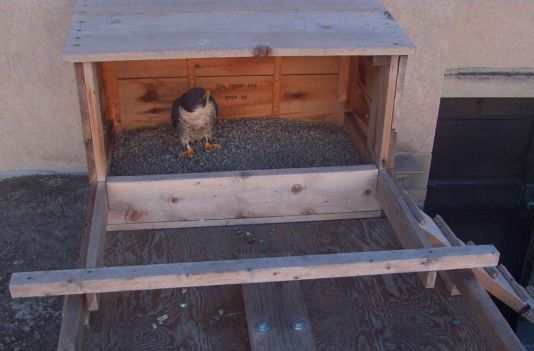
 Coming soon, my favorite week of the year:
Coming soon, my favorite week of the year: 